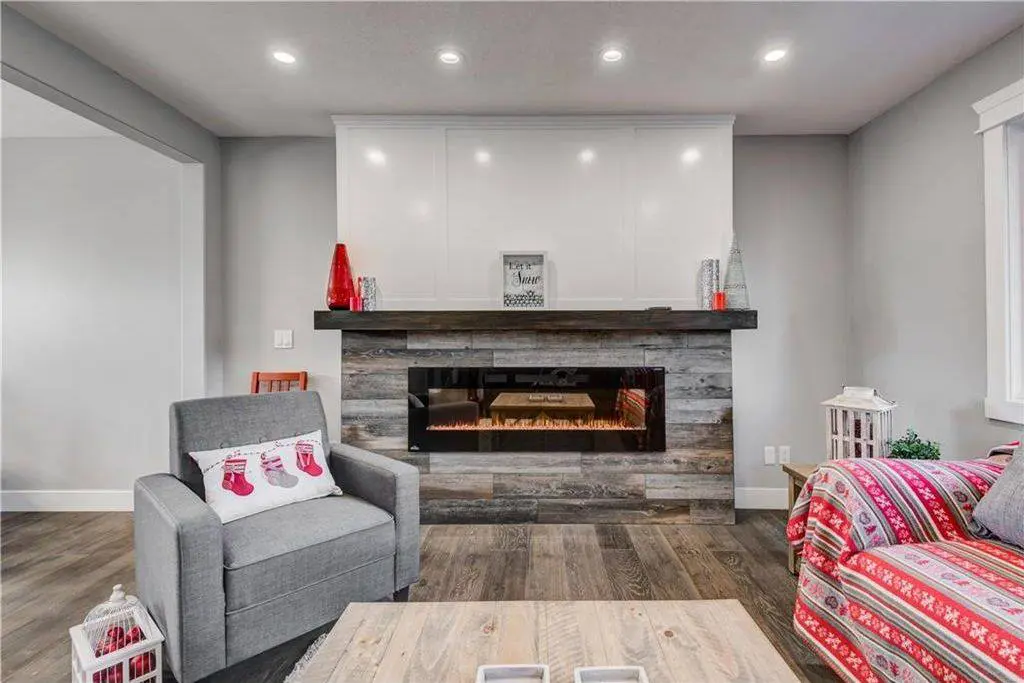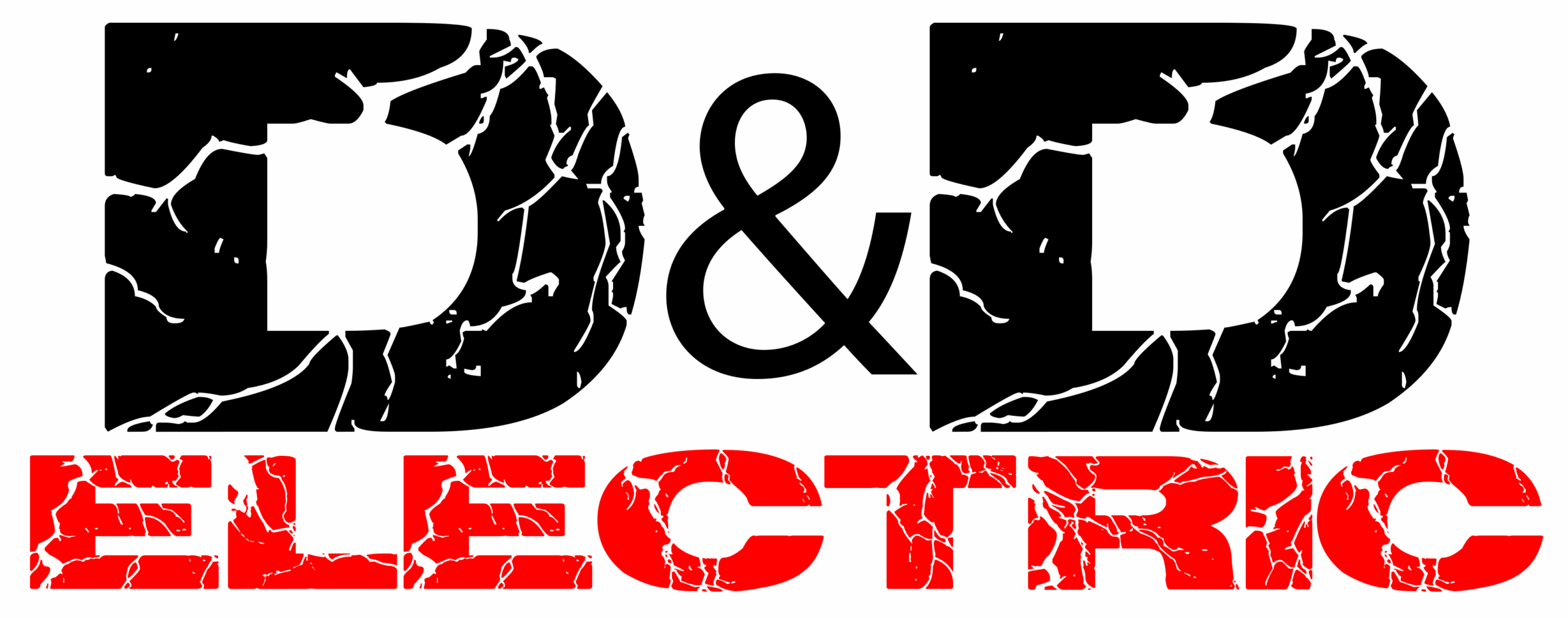Uprading Your Home

Remodels
At Sparky Mark we have extensive expertise in working with century homes. Older homes are notorious for having overloaded breakers, outdated wiring and lack of electrical outlets in a room. Our team has a thorough understanding of preserving the historic features while upgrading electrical needs in your home. Certified electricians will take time to design electrical pathways that are the least invasive to the home.
Common interior and exterior home upgrades for older homes:
- Entire home electrical services including in your kitchen, bathroom, basement, bedrooms, living room, dining room, recreational rooms, and outdoor patios
- Residential home service improvements, including 100, 200, and 400 amps
- Upgrades to the electrical panel to compensate for higher electrical demands such as appliances

New Construction
Sparky Mark’s team has many years of experience following complex electrical blueprints. During new construction it would be ideal to be part of the design process from the beginning. However, if you have already completed your home design, we are fully equipped to adhere to the precise specifications.
A detailed estimate will be provided and flexibility can be offered during time of install, as we understand that designs change!

Renovations
Large home renovations often require building permits from local municipalities. Only a certified master electrical contractor can be awarded these necessary electrical permits. Permits are a way to protect homeowners as it ensures that all electrical installations are completed to code and inspected by the Electrical Safety Association (ESA). Although building permits can sometimes feel like a nuisance, the Sparky Mark team will help every step of the way.
Frequently Asked Questions
- Assessment of Current System: Evaluate your current electrical system to identify areas that need improvement. This may include insufficient outlets, outdated wiring, or an overloaded electrical panel.
- Compliance with Safety Standards: Ensure that the upgrade complies with local and national electrical codes and standards for safety. This often involves replacing old wiring systems like knob and tube or upgrading electrical panels to accommodate modern electrical demands.
- Future Proofing: Consider future needs like high-powered appliances, home automation systems, or electric vehicle chargers. Upgrading to a higher capacity system, such as moving from a 100-amp to a 200-amp service, can provide the necessary power for these technologies.
- Energy Efficiency: Incorporate energy-efficient solutions like LED lighting or smart home devices to reduce electricity consumption and costs.
- Professional Assistance: Work with a licensed and experienced electrician to plan and execute the upgrade. This ensures that the work is done safely and effectively, with minimal disruption to your home.
- Permit and Inspection: Obtain the necessary permits and have the work inspected by a certified electrical inspector to ensure compliance with all regulations.
Powering up your dreams, one upgrade at a time
